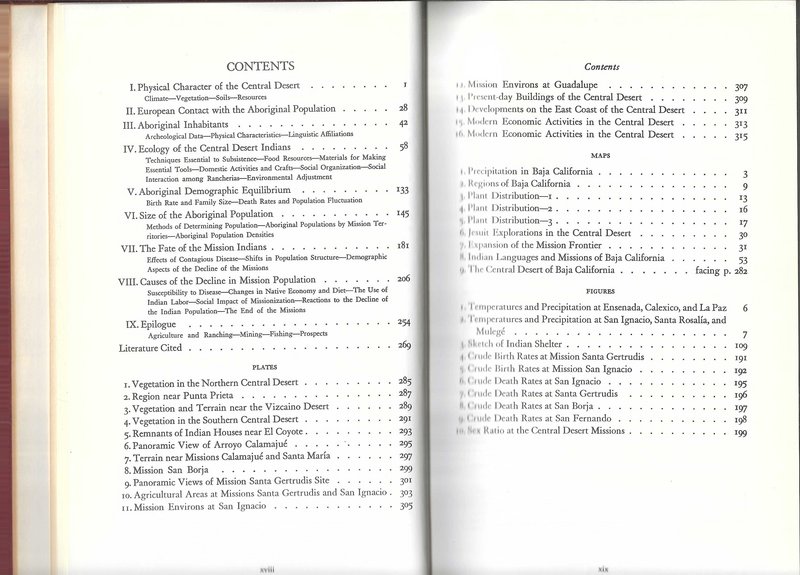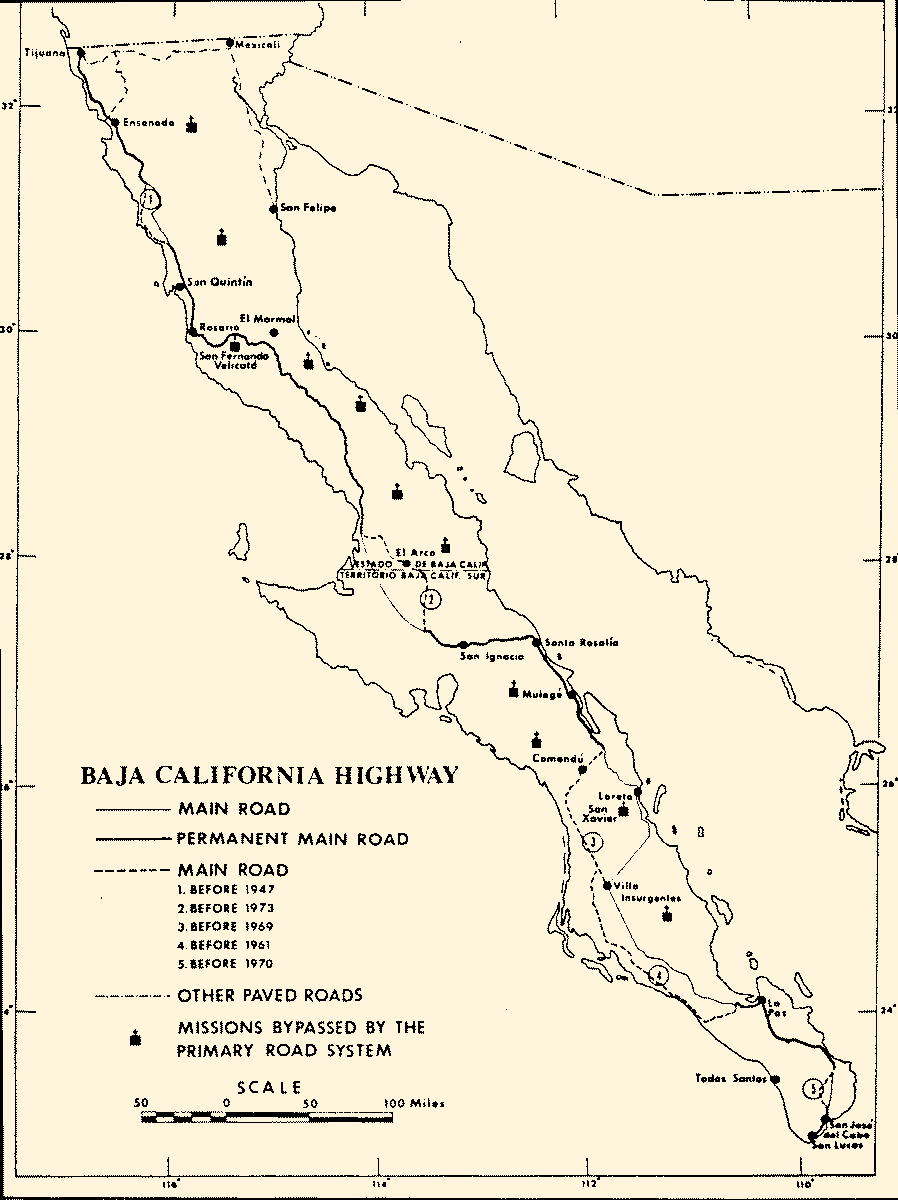
With time, I found out that there was no old truck sale every once and then as to explain such a great number of disguised U-Hauls. Turns out the real reason as to their presence was a lot creepier. Behind every old camouflaged U-Haul, there is a story of a fleeing gringo. The motives varies as much as life itself, some were running away from the IRS, others from a lousy divorce, or a bankruptcy, and some were running from the law… small crimes or big ones, you would never know…







 . PS
The 1000 used this route and the moon dust was knee deep in some spots when I drove it in June 2022.
. PS
The 1000 used this route and the moon dust was knee deep in some spots when I drove it in June 2022. 
